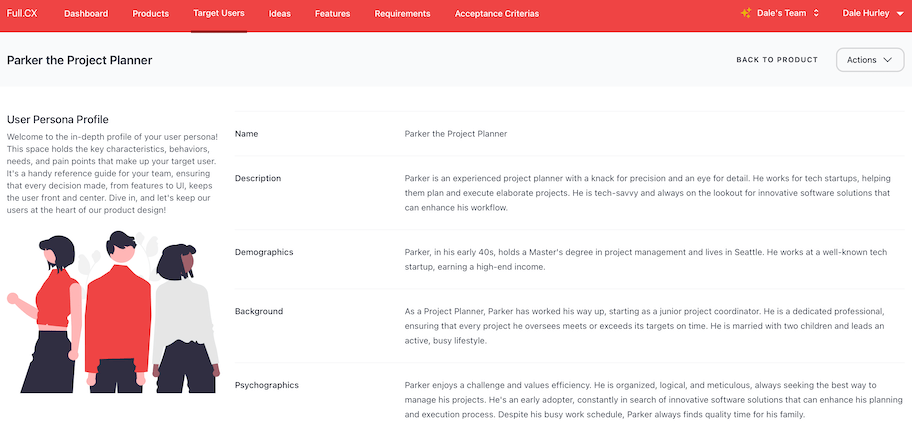Product management is a crucial role in the development and market success of a product. It requires a blend of skills, ranging from strategic thinking to detailed project execution. Whether you’re an aspiring product manager or looking to refine your approach, understanding how to effectively manage a product can significantly influence its success.
Understanding the Role of a Product Manager
The role of a product manager is multifaceted. Essentially, as a product manager, you act as a bridge between various stakeholders – including customers, developers, marketers, and executives. Your primary goal is to ensure that the product aligns with customer needs and business goals. Here’s what the role typically involves:
-
Product Vision and Strategy: Developing a clear product vision and strategy is foundational. This involves understanding the market, identifying customer pain points, and setting long-term goals for the product.
-
Roadmap Development: Creating a product roadmap is essential for guiding the team and stakeholders. The roadmap outlines the product’s development phases, key milestones, and timelines.
-
Stakeholder Communication: Effective communication with stakeholders is crucial. This includes gathering feedback, aligning visions, and managing expectations.
-
Prioritization: It’s impossible to address every feature and enhancement at once. Prioritization helps in focusing on what adds the most value to the product and the users at any given time.
Steps to Effective Product Management
1. Conduct Market Research
Begin with thorough market research. Understand the landscape in which your product will operate. Identify competitors, target audience, and market trends. Use surveys, user interviews, and competitive analysis to gather data. This foundational step will inform your product strategy and decisions.
2. Define the Product Vision and Strategy
Based on your market research, define a compelling product vision. This vision should be a clear and concise statement describing what the product aims to achieve and how it will benefit users. From this vision, derive a strategy that outlines the steps and actions needed to realize this vision.
3. Create a Detailed Product Roadmap
A product roadmap is a strategic document that outlines the product’s direction, major milestones, and timeline for development. This document should be flexible but detailed enough to provide clear guidance to your team. Include key deliverables, deadlines, and dependencies.
4. Develop and Prioritize Features
With feedback from stakeholders and insights from market research, create a list of potential features and enhancements. Use frameworks such as the MoSCoW method (Must have, Should have, Could have, and Won’t have) to prioritize these features based on their value, feasibility, and alignment with strategic goals.
5. Collaborate with Cross-Functional Teams
Product management is inherently collaborative. Work closely with developers, designers, and marketers to bring the product to life. Foster clear communication and ensure everyone understands their role and the product vision.
6. Validate through Prototyping and Testing
Before full-scale development, create prototypes to validate ideas and features. Use user testing to gather feedback and make necessary adjustments. This iterative process helps in refining the product to better meet user needs and expectations.
7. Launch and Gather Feedback
Plan a well-coordinated product launch. Utilize marketing strategies to create buzz and reach your target audience. Post-launch, continuously gather user feedback through surveys, reviews, and direct interactions. This feedback is vital for iterative improvement and ensuring long-term success.
Continuous Improvement and Iteration
Product management doesn’t end with the launch. Continuously monitor the product’s performance, gather data, and make improvements. Employ metrics and KPIs to measure success against your goals. Be adaptable and ready to pivot based on user feedback and market changes.
Final Thoughts
Effective product management requires a blend of strategic vision and practical execution. By understanding market needs, collaborating with cross-functional teams, and continuously iterating based on feedback, you can steer your product towards success. Remember, the ultimate goal is to create value for the users while aligning with business objectives. Implementing these fundamental steps will set a strong foundation for your product management journey.
Empowering Your Product
Team for Success.
Start using Full.CX today.
Smart tools to streamline your transition from concept to concrete specifications.

